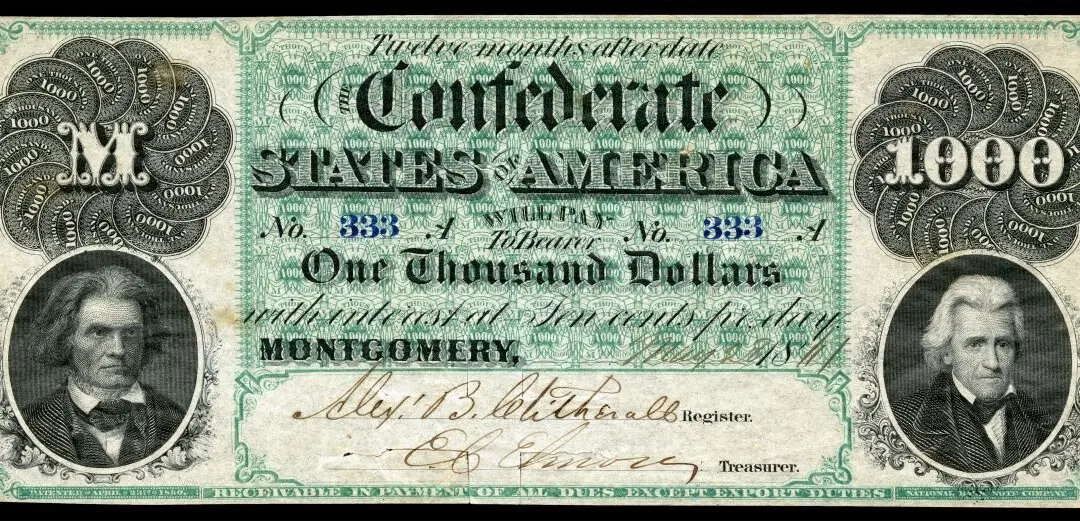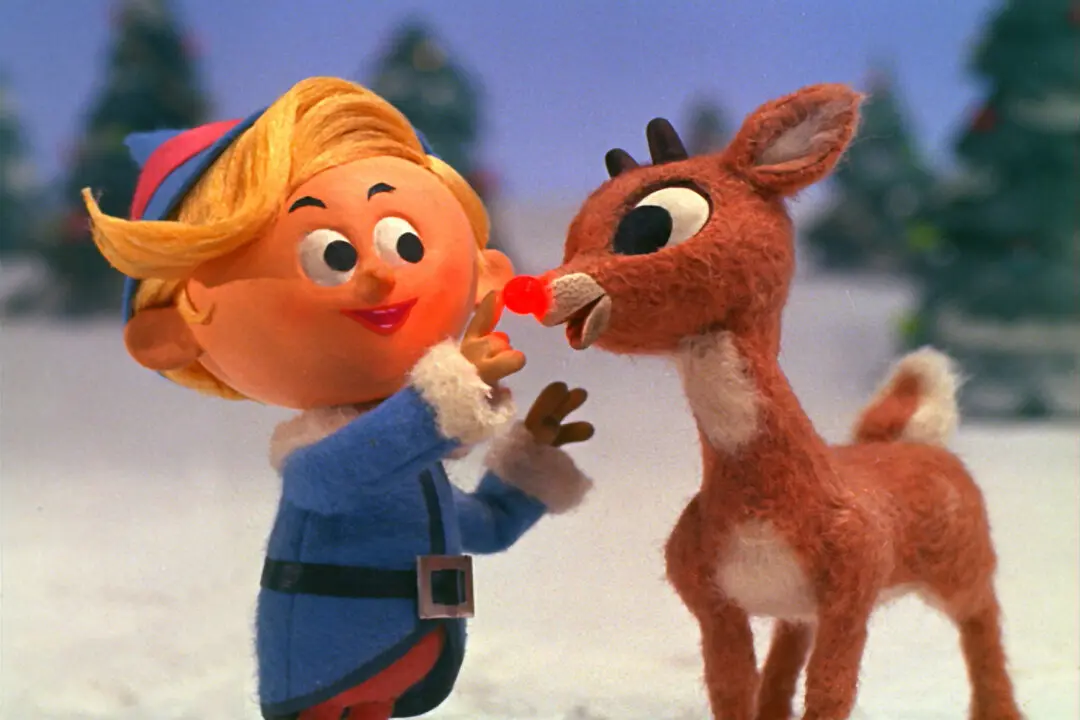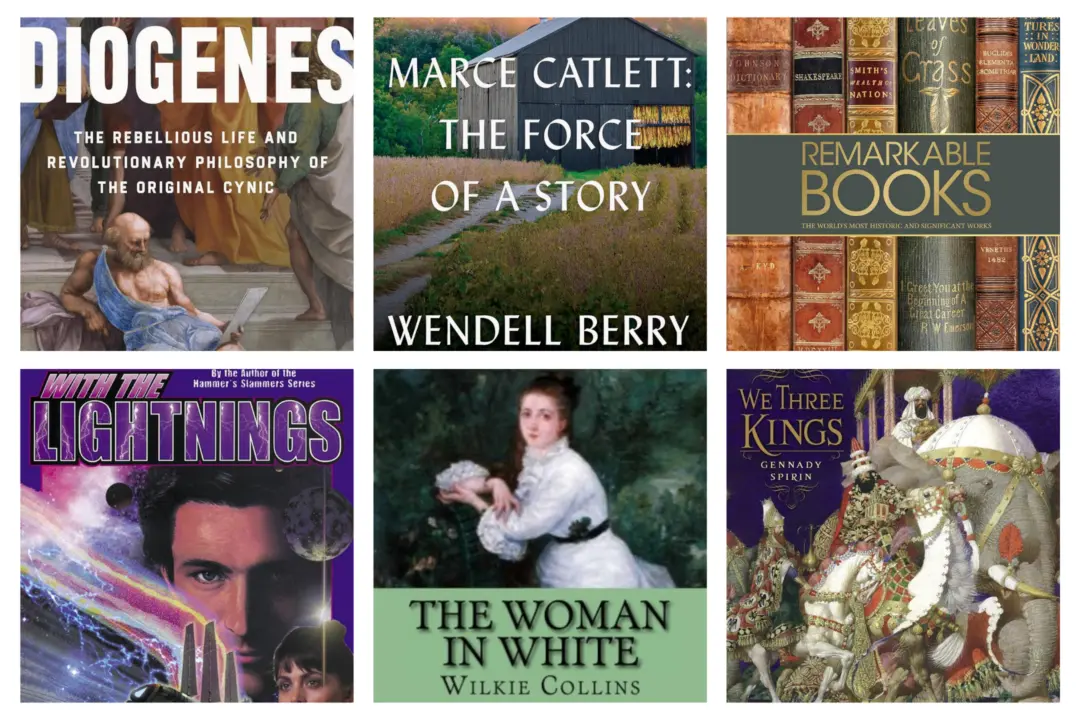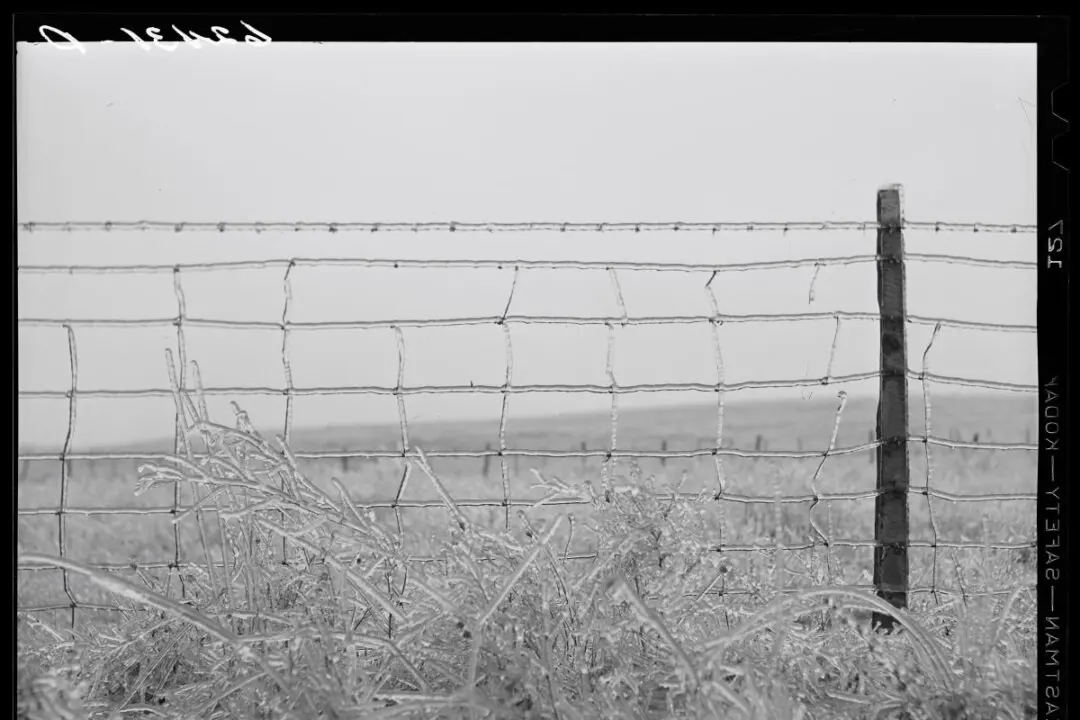It took some doing, but the Christmas holiday finally became an American tradition. Long before the 13 Colonies and the War for Independence, our forefathers brought forth upon this continent a rather strict view of the celebration. It was not to be celebrated. Despite Christmas being adopted by Christianity 1,200 years before the Separatists landed at Plymouth Rock, the sect believed the tradition was too intertwined with pagan rituals. After three decades in the New World, the court of the Massachusetts Bay Colony declared that “whosoever shall be found observing any such day as Christmas or the like, either by forbearing of labor, feasting, or any other way, upon such accounts as aforesaid, every such person so offending shall pay for every such offense five shillings, as a fine to the country.”
The law was instituted in 1659, and though the law eventually went by the wayside, even after the War for Independence ended in 1783 Americans remained rather dismissive of the holiday and its traditions for religious reasons. The traditions were typically traced back to ancient Rome’s Saturnalia festival, which marked the end of the planting season and the approach of the winter solstice on December 25 (the darkest evening of the year on the Julian calendar). The festival, originally created for one day, lasted a week (December 17–23). Gift-giving, feasting, and general merry-making were part and parcel of the holiday. Another staple was the use of evergreen plants, which included wreaths and trees. This plant was seen as a symbol that the sun, and therefore spring, would return.






